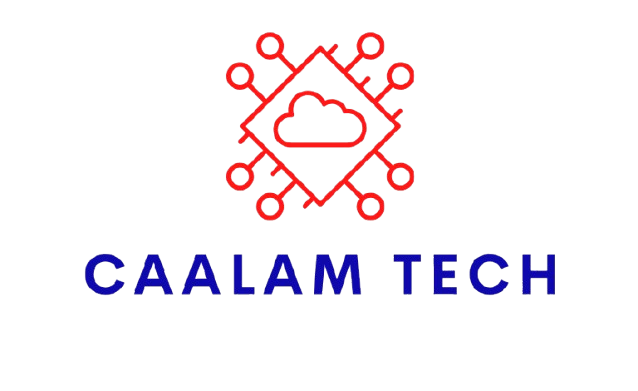
Canada Work Permit 2025: Everything You Need to Know
Canada continues to be a top destination for skilled workers from around the world. With its strong economy, diverse workforce, and high quality of life, the country offers vast opportunities for individuals seeking to work and settle there. If you’re planning to work in Canada in 2025, understanding the Canada Work Permit process is essential.
What Is a Canada Work Permit?
A Canada Work Permit is an official authorization issued by Immigration, Refugees and Citizenship Canada (IRCC) that allows foreign nationals to work legally in Canada for a specific employer, duration, and location. It’s a temporary permit, but it can open the door to permanent residency for many.
Types of Work Permits in Canada
- Employer-Specific Work Permit
- Tied to a specific employer and job offer.
- Requires a Labour Market Impact Assessment (LMIA) in most cases.
- You must work only for the employer listed in your permit.
- Open Work Permit
- Not job-specific; you can work for almost any employer in Canada.
- Common for spouses of skilled workers, international students, or applicants under specific immigration streams.
Eligibility Requirements for a Work Permit in 2025
To be eligible for a Canadian work permit in 2025, you must generally:
- Have a valid job offer from a Canadian employer (for employer-specific permits).
- Obtain a positive LMIA (if required).
- Prove that you will leave Canada once your permit expires (unless applying for permanent residency).
- Show sufficient financial resources to support yourself.
- Have no criminal record (police clearance may be requested).
- Undergo a medical exam (for certain jobs or countries).
Popular Work Permit Programs in 2025
- Temporary Foreign Worker Program (TFWP)
- For employers who need to hire foreign workers temporarily due to labor shortages.
- International Mobility Program (IMP)
- Allows employers to hire without an LMIA for positions that offer significant cultural, social, or economic benefit to Canada.
- Global Talent Stream
- Fast-track work permits for highly skilled tech workers in occupations like software engineering, AI, and data science.
- Post-Graduation Work Permit (PGWP)
- For international students who completed a program at a Canadian Designated Learning Institution (DLI).
How to Apply for a Canada Work Permit
- Secure a job offer from a Canadian employer.
- Employer applies for LMIA (if needed).
- Gather required documents (passport, job offer, LMIA, etc.).
- Apply online through the IRCC portal or via a visa office in your home country.
- Pay the application fees.
- Wait for a decision. Processing times vary depending on your country and program.
Fees and Processing Times
- Work Permit Application Fee: CAD $155 (as of 2025)
- Open Work Permit Holder Fee: CAD $100 (if applicable)
- Biometrics Fee: CAD $85
- Processing Time: Ranges from 2 weeks (Global Talent Stream) to 3+ months (TFWP)
Can You Transition to Permanent Residency?
Yes. Many workers in Canada can eventually apply for Permanent Residency (PR) through pathways such as:
- Express Entry
- Provincial Nominee Programs (PNP)
- Canadian Experience Class (CEC)
Having Canadian work experience significantly increases your chances of qualifying for PR.
Key Tips for 2025 Applicants
- Start early: Demand is high, especially in tech, healthcare, and skilled trades.
- Check the latest occupational shortages in Canadian provinces.
- Keep your documents up to date, including language tests (like IELTS) if needed for PR later.
- Use trusted sources: Always apply through the official IRCC website or licensed immigration consultants.

